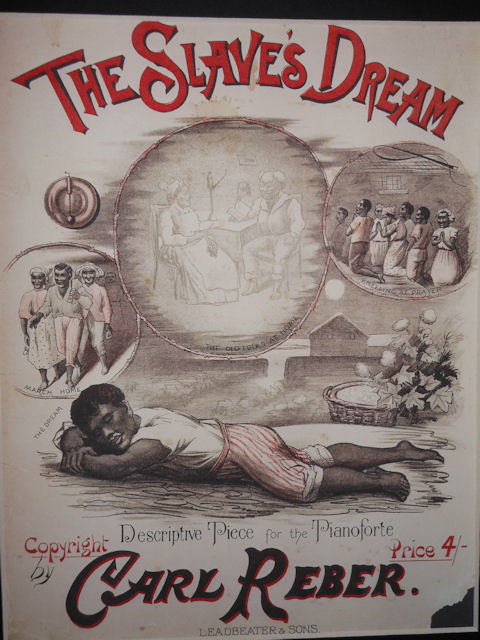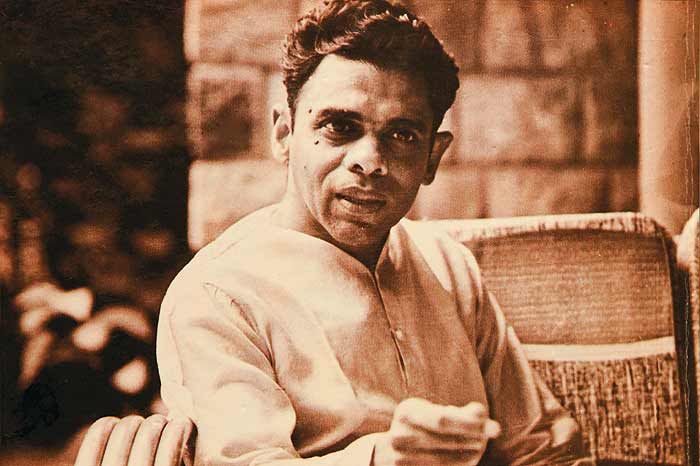How Pleasant to Know Mr. Lear’s setting is ambiguous. It is not set in any specific milieu or place. This poem is simply a description of a strange character named Mr. Lear. The only space mentioned in the poem is the parlor in which Mr. Lear spends his time. The setting of the ocean and the hilltops have been used by the poet to compliment the melancholy strain of Mr. Lear’spersonality.
How Pleasant to Know Mr. Lear summary
This How Pleasant to Know Mr. Lear summary presents a line-by-line explanation of the poem.
How pleasant to know Mr. Lear,
Who has written such volumes of stuff?
Some think him ill-tempered and queer,
But a few find him pleasant enough.
The poem begins with the poet Edward Lear, introducing us to a strange character, Mr. Lear – a writer who has penned volumes of interesting works. He is received rather differently by people: some who meet him think of him as a weird man with temper problems. However, there are a few who find him to be quite pleasant. The poet seems to belong to the latter. However, his positive views of Mr. Lear are constantly interspersed with his negative opinions.
His mind is concrete and fastidious,
His nose is remarkably big;
His visage is more or less hideous,
His beard resembles a wig.
Mr. Lear has a mind that is solid and sharp, never missing anything that goes around him. However, this wonderful mind is matched with an unattractive appearance, made absurd by an abnormally big nose on a rather ugly face. The hideousness of his appearance is accentuated further by his wig-like beard.
He has ears, two eyes, and ten fingers,
(Leastways if you reckon two thumbs);
He used to be one of the singers,
But now he is one of the dumbs.
Despite a hideous face, Mr. Lear is not entirely odd. He has, like everyone else, ears, two eyes, and ten fingers, including his two thumbs. The poet now reveals that Mr. Lear used to be a singer once upon a time. However, after his singing career got over, he had nothing in particular that made him stand out from the dumb crowd.
He sits in a beautiful parlor,
With hundreds of books on the wall;
He drinks a great deal of marsala,
But never gets tipsy at all.
The poet gives us a sneak peek into Mr. Lear’s daily life. He sits in a beautiful parlor, the walls of which are adorned with hundreds of books. And he helps himself to many drinks of marsala, but the strange thing is that the copious amounts of marsala he consumes never get him even mildly intoxicated.
He
has many friends, laymen and clerical,
Old Foss is the name of
his cat;
His body is perfectly spherical,
He weareth a
runcible hat.
Mr. Lear has many friends from diverse backgrounds, including laymen and important people. And apart from his friends, he is given company by his cat, named Old Floss. Then the poet goes on to talk about his subject’s body, mentioning that it is in the shape of a perfect sphere. Additionally, Mr. Lear also wears a hat of a very odd unidentifiable shape. The word “unicle” “is a nonsense word coined by Edward Lear, vaguely meaning “table utensil of the indefinite form” “as per WWebster’sdictionary. So probably, Mr. LLear’shat resembled a strange-looking table utensil.
When he walks in waterproof white,
The children run after him so!
Calling out, “He’s gone out in his night-
Gown, that crazy old Englishman, oh!”
When Mr. Lear steps out clad in white clothes that look like they are waterproof, children run after him, making fun of him. They call him a crazy old Englishman who is out in his nightgown.
He weeps by the side of the ocean,
He weeps on the top of the hill;
He purchases pancakes and lotion,
And chocolate shrimp from the mill.
In the seventh stanza, the poet reveals the melancholy side of Mr. LLear’spersonality and life. He cries all by himself by the side of the ocean and atop hills, releasing the pain he carries in his heart. But then, Mr. Lear also tries to lift his spirits by treating himself to pancakes and chocolate shrimp and buying body lotion to pamper himself.
He reads, but he does not speak Spanish,
He cannot abide ginger beer;
Ere the days of his pilgrimage vanish,
How pleasant to know Mr. Lear!
Mr. Lear reads but cannot converse in the language Spanish. He has no tolerance for ginger beer and finds it repulsive. The poet ends the poem by saying that before Mr. Lear moves away to some other place, on one of the many pilgrimages of life he keeps embarking on, he would like to add that it is his pleasure having met and known an interesting character like Mr. Lear.
Some online learning platforms provide certifications, while others are designed to simply grow your skills in your personal and professional life. Including Masterclass and Coursera, here are our recommendations for the best online learning platforms you can sign up for today.
The 7 Best Online Learning Platforms of 2022
- Best Overall: Coursera
- Best for Niche Topics: Udemy
- Best for Creative Fields: Skillshare
- Best for Celebrity Lessons: MasterClass
- Best for STEM: EdX
- Best for Career Building: Udacity
- Best for Data Learning: Pluralsight















